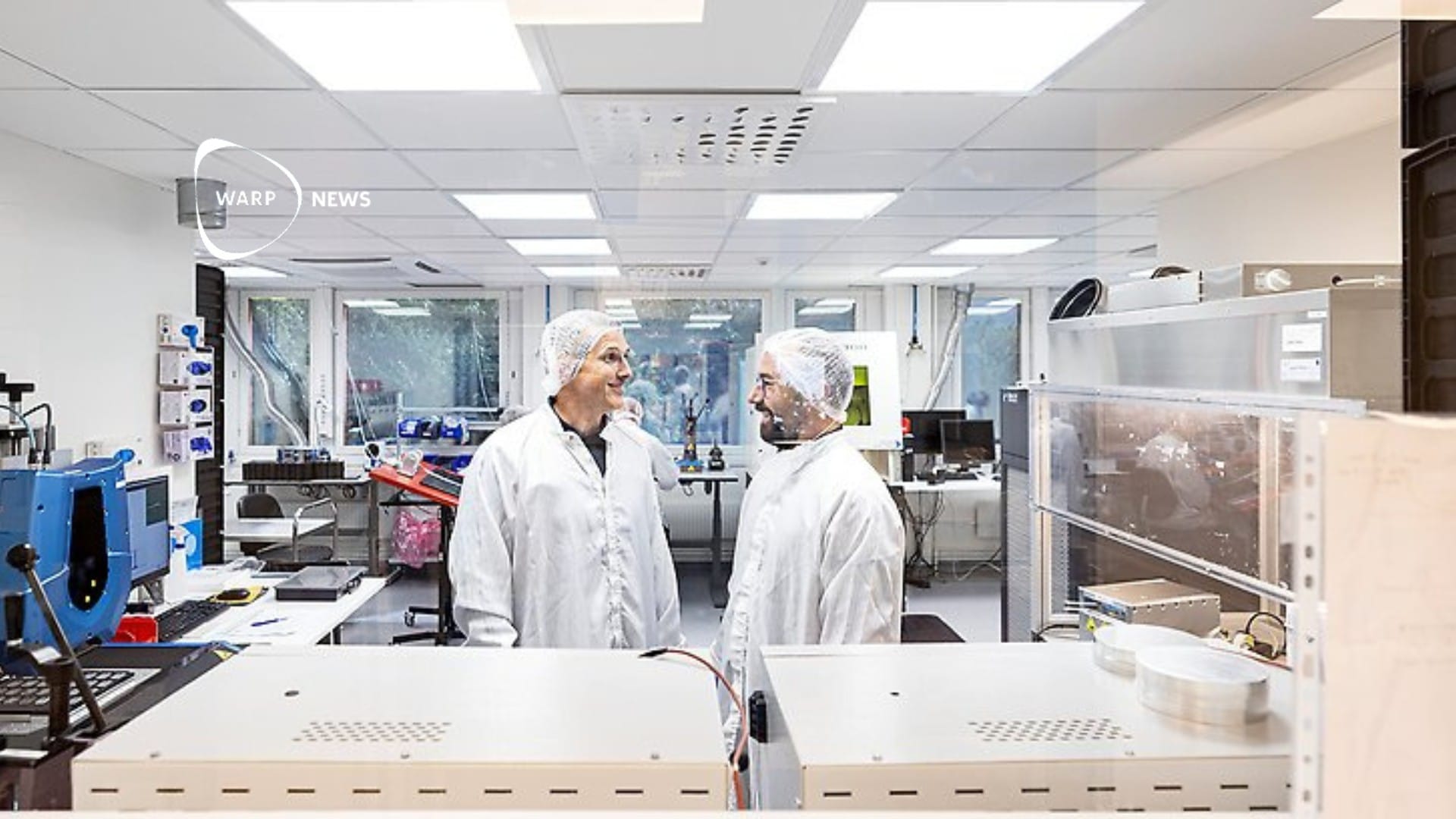
💔 New method reduces the risk of recurrence in myocardial infarction
By using infrared light and ultrasound, researchers can now see plaques in the blood vessels that cannot be detected by traditional examinations.
Share this story!
Every year, more than 24,000 people in Sweden suffer a heart attack and 5,000 of these die. And of those who survive, 14 percent get some form of relapse within five years. One of the causes of recurrence is high-fat plaque and now researchers from Lund University and Columbia University in the USA have developed a new method for detecting such plaque .
High-fat plaque can accumulate in the blood vessels around the heart and when it ruptures, it can form clots that cause heart attacks. This plaque is difficult to detect with coronary X-ray and therefore often remains undetected until it is too late.
Researchers have now tested a new method using infrared light, Near-Infrared Spectroscopy (Nirs) and ultrasound, Intravascular ultrasound (Ivus). An operator can then insert a catheter into the wrist which is then brought up to the heart. When the catheter has reached the heart, the operator can see a map of the heart on its screen where high-fat plaques appear as yellow spots.
This can be done in connection with a coronary x-ray so the methods complement each other.
- A coronary x-ray shows only a shadow of the vessel walls, not what is in the wall. With the new Nirs-Ivus method, we can see high-fat plaque there as well, says David Erlinge, professor of cardiology at Lund University and one of the research leaders.
Once the plaque is discovered, the question is how to treat it? There is no obvious solution here yet. But the researchers did a small treatment study where they opened the vessel with a stent. The results were promising, but a larger study is needed to show exactly how effective the method is against high-fat plaques.
In any case, the new method gives doctors greater opportunities to detect possible problems.
- The study shows that most of the future heart events the patients suffered were caused by plaque that was not revealed in previous examinations with coronary X-ray and pressure measurement, which are the methods used at the clinic today, says David Erlinge.
By becoming a premium supporter, you help in the creation and sharing of fact-based optimistic news all over the world.


